Two interesting incidents yesterday – one at work and one at home – both again reminded me of a very important lesson – it’s the first that’s always the hardest.
Yesterday, we went to a nearby cycling park with my 7 year old who has been cycling for months now and really enjoys cycling. Though as soon as we rented a cycle at the park for him, he refused to ride. The park had rough muddy patches unlike our apartment’s smooth cemented road and the cycle was a bit bigger than what he was used to. We tried to coax him but he just refused, again and again!
And then came our parenting storytelling skills to use (oh yes, as I always say, if children are one of the best negotiators, then parents are one of the best storytellers). We changed our pitch, we tried the following and these worked, albeit slow but worked:
- Instead of saying – try it, it’s so easy, we changed it to – big boys ride big cycles, smaller ones are for babies. Riding bigger cycle will help you zoom faster (he loves speed).
- If you’re getting scared of this muddy uphill slope, we will handhold you for the first patch. We will be there for you if you lose your balance and fall.
- Try it out only for 1 minute. If you do not like it, we won’t ask you to cover the whole track. You can get down anytime you want.
Speed excites him and at his age, he has this strong desire to be not called a baby.
Handholding bit gave him the confidence to try.
Get down anytime you want, eased out his anxiety to go through the whole unknown track.
After a few initial hesitated pedals, he zoomed.
Simply put what worked here were:
Value Proposition
Trust
Trial
And I remembered the conversation with one of my clients on similar lines yesterday. They had launched a new product recently with good discounts too but were struggling to meet their conversion numbers. After my initial analysis of their target audience, I felt discounts may not be the biggest triggers for that target segment. They may need a different approach and the first 100 might need a different strategy altogether than the remaining mass.
I shared with them my previous organization’s experience about one of the products that I had worked from scratch, right from concept to launch.
Out of the approx. 10,000 conversions that happened there in 1 year, the first 100 took me more than 6 months and the remaining 9,900 happened in the remaining 6 months :-). And out those first 100, the first 10 were the toughest!
What worked there?
• I was personally involved in first 100 conversions, in fact, first 1000. No outsourcing at all to any external agency.
• A lot of time was spent in defining the value proposition for each stakeholder. Detailed understanding of different audience type was done and then my marketing pitch was customized depending upon the user profile and what would be of interest to them.
• Handholding, training and robust support during the onboarding process to build the trust.
• Trial to experience the product with transparent, no strings attached deboarding process.
• Taking all possible steps to ensure the first 100 who took a leap of faith with us had an excellent experience. Once they became happy, the word spread.
Be it anything in life, right from dealing with your child to your customer, it’s the “first” that’s always the toughest. Isn’t it :-)? But if done right, it’s the first that leads to second and so on.
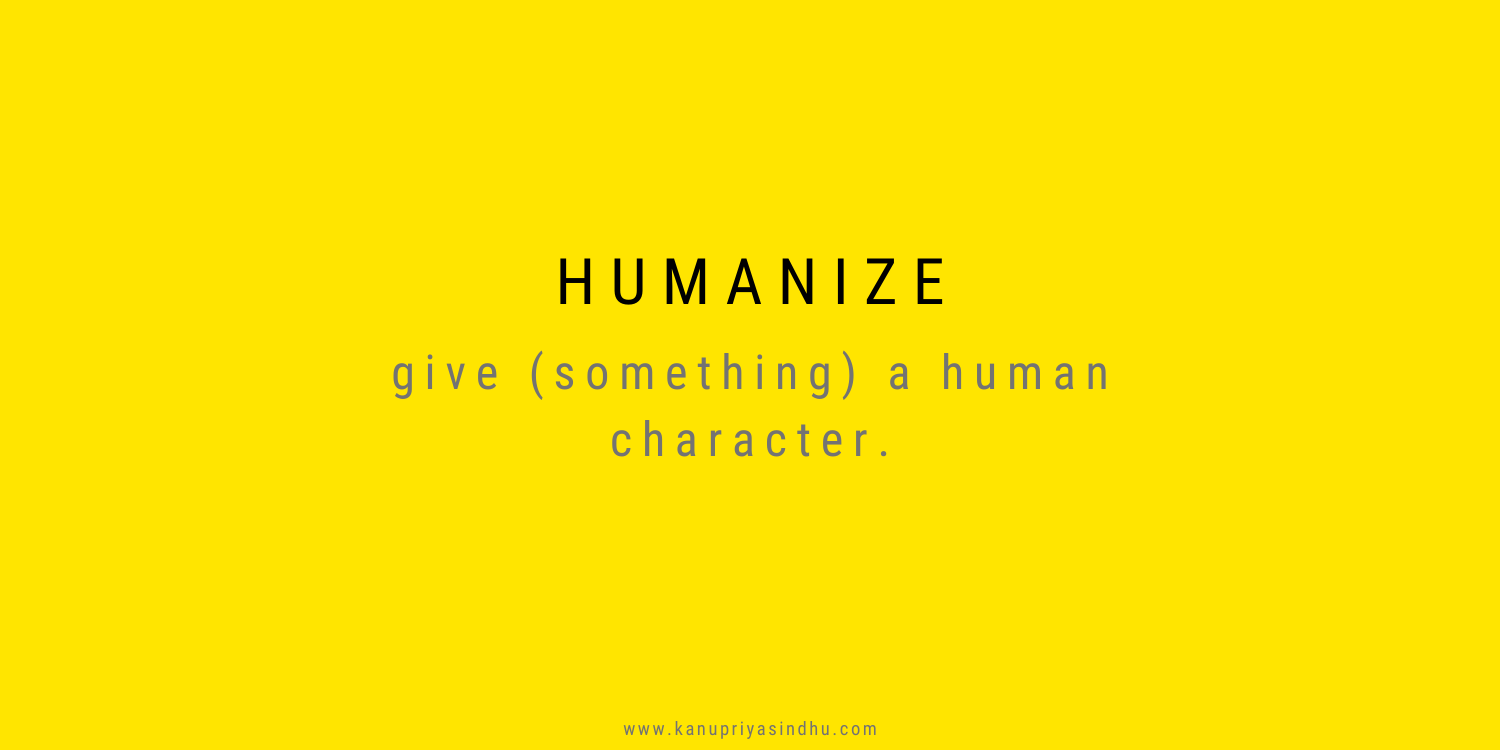
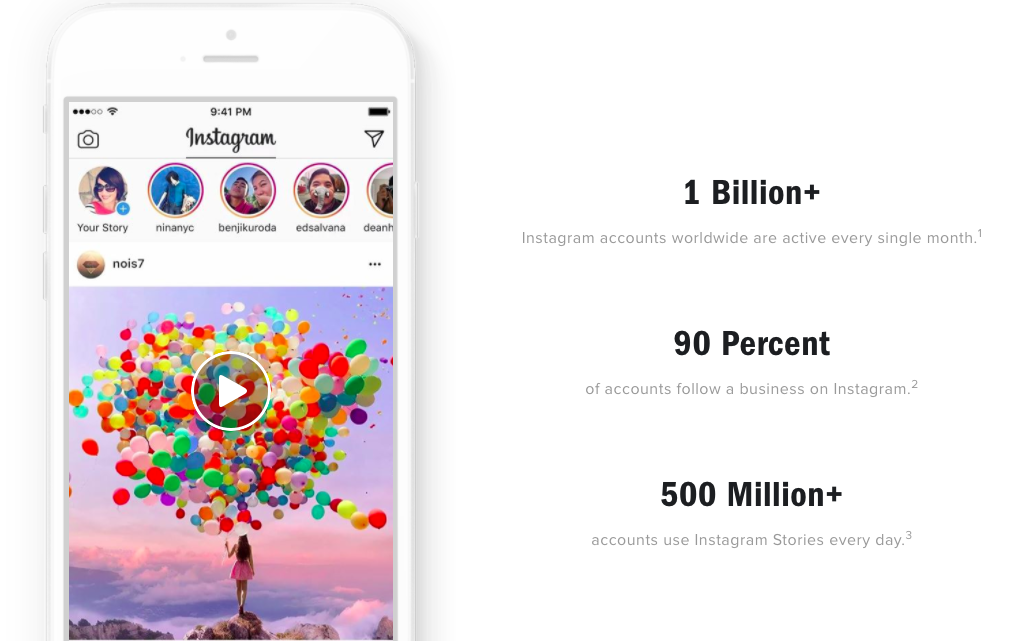

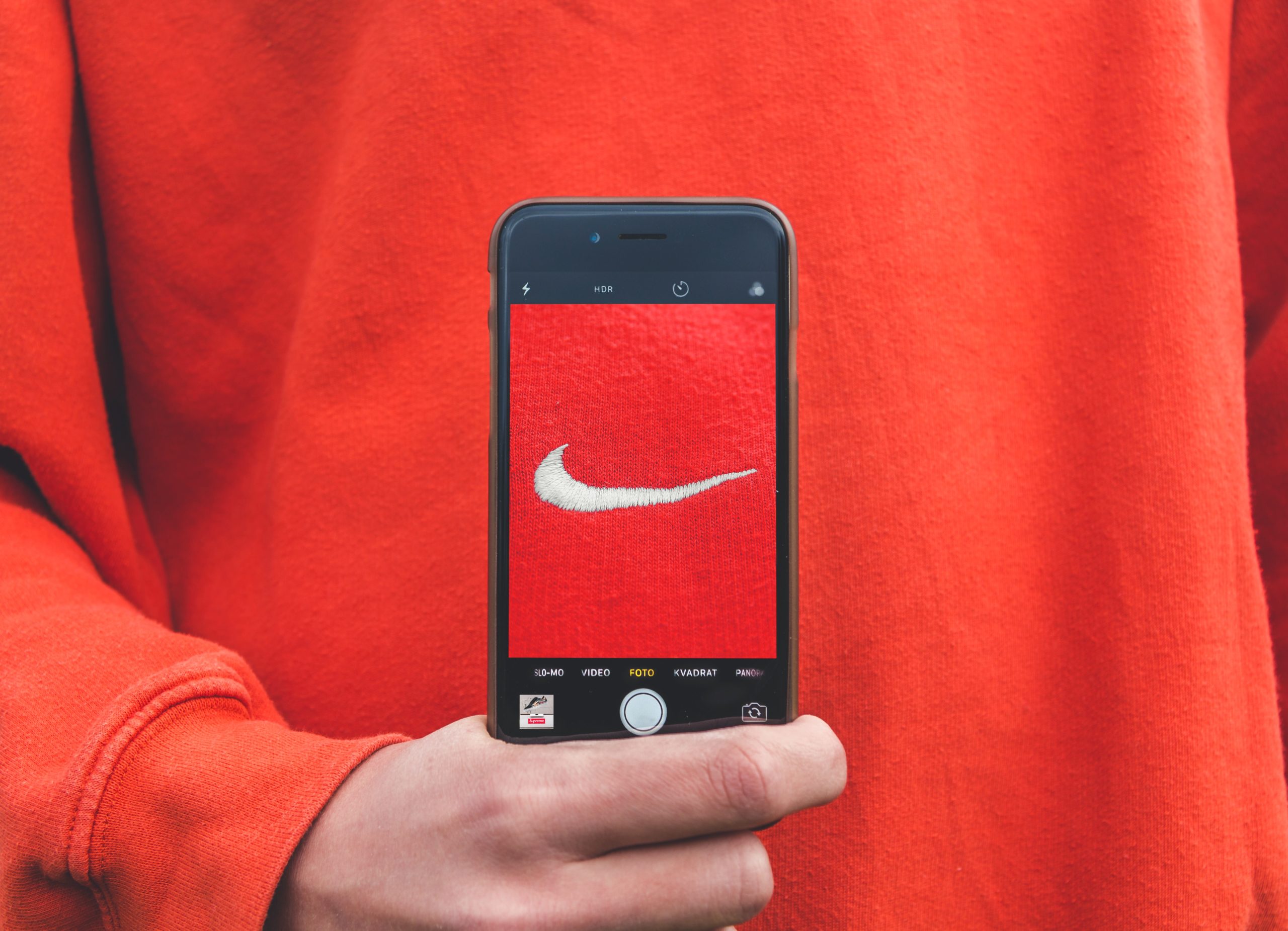
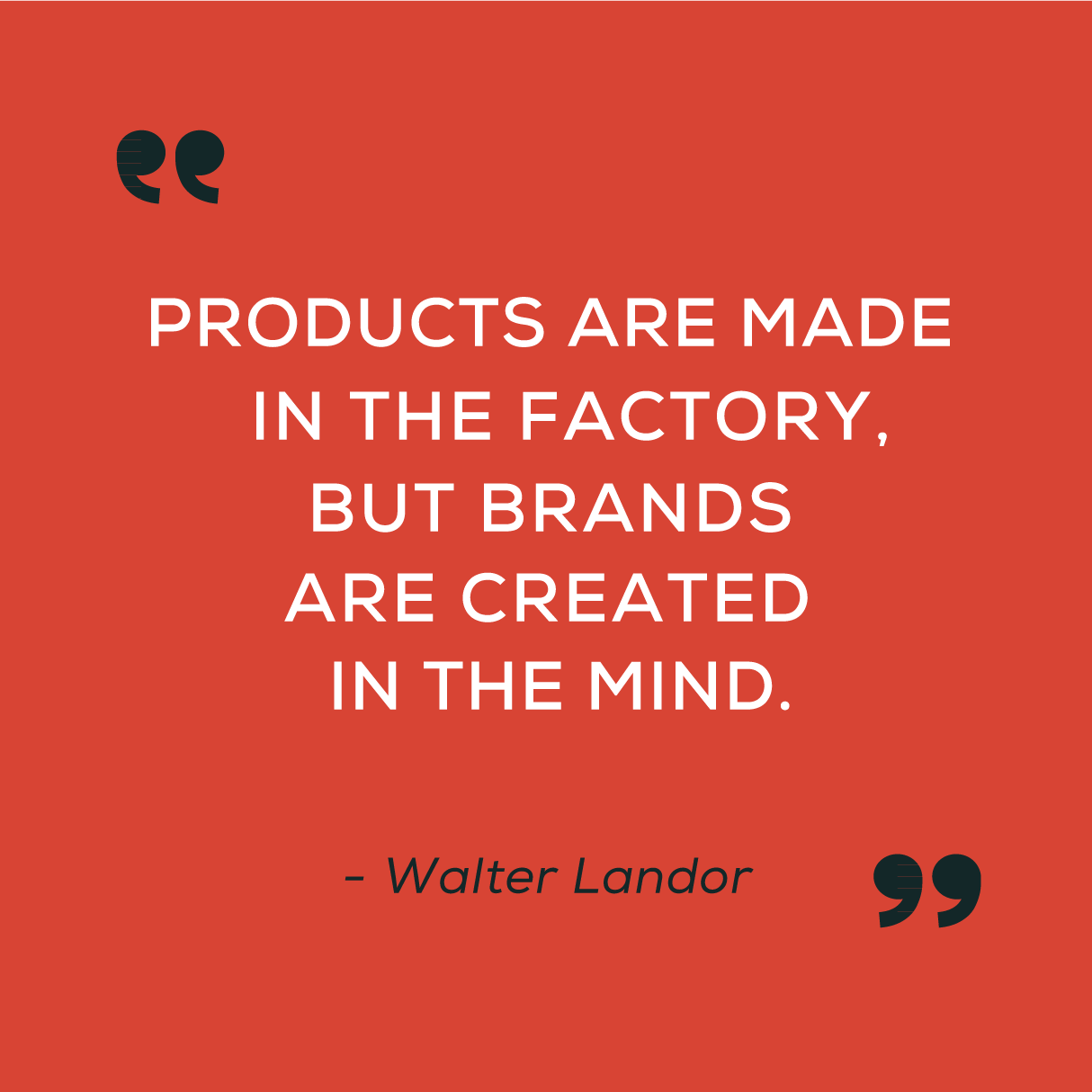


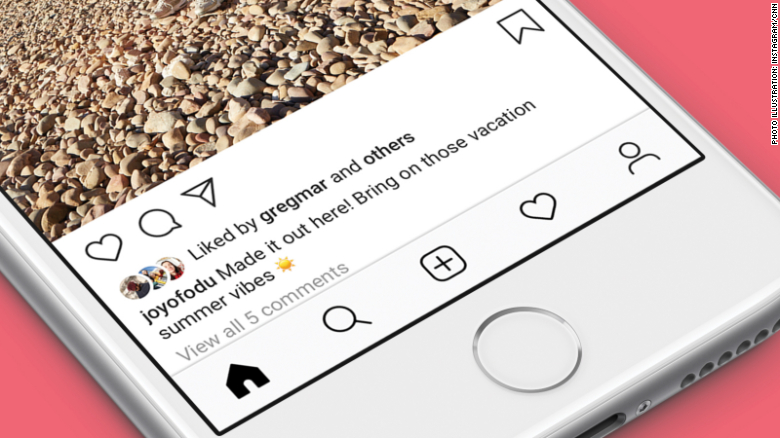


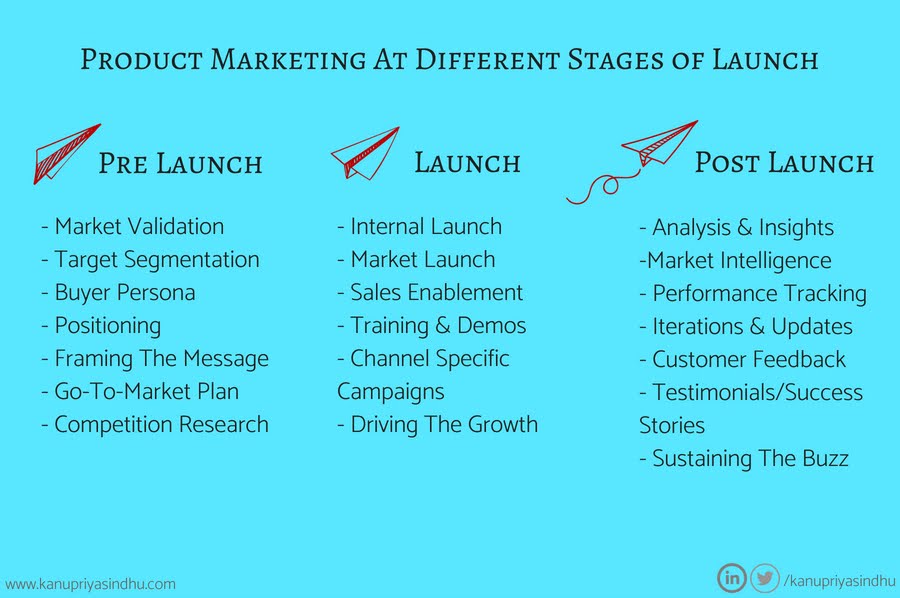

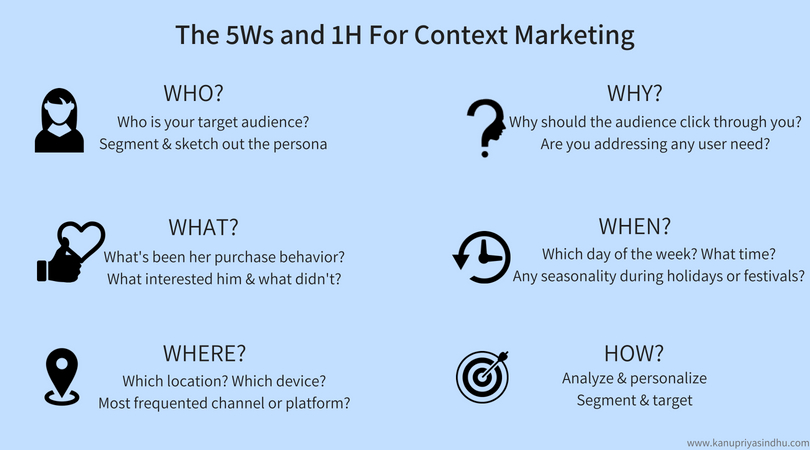

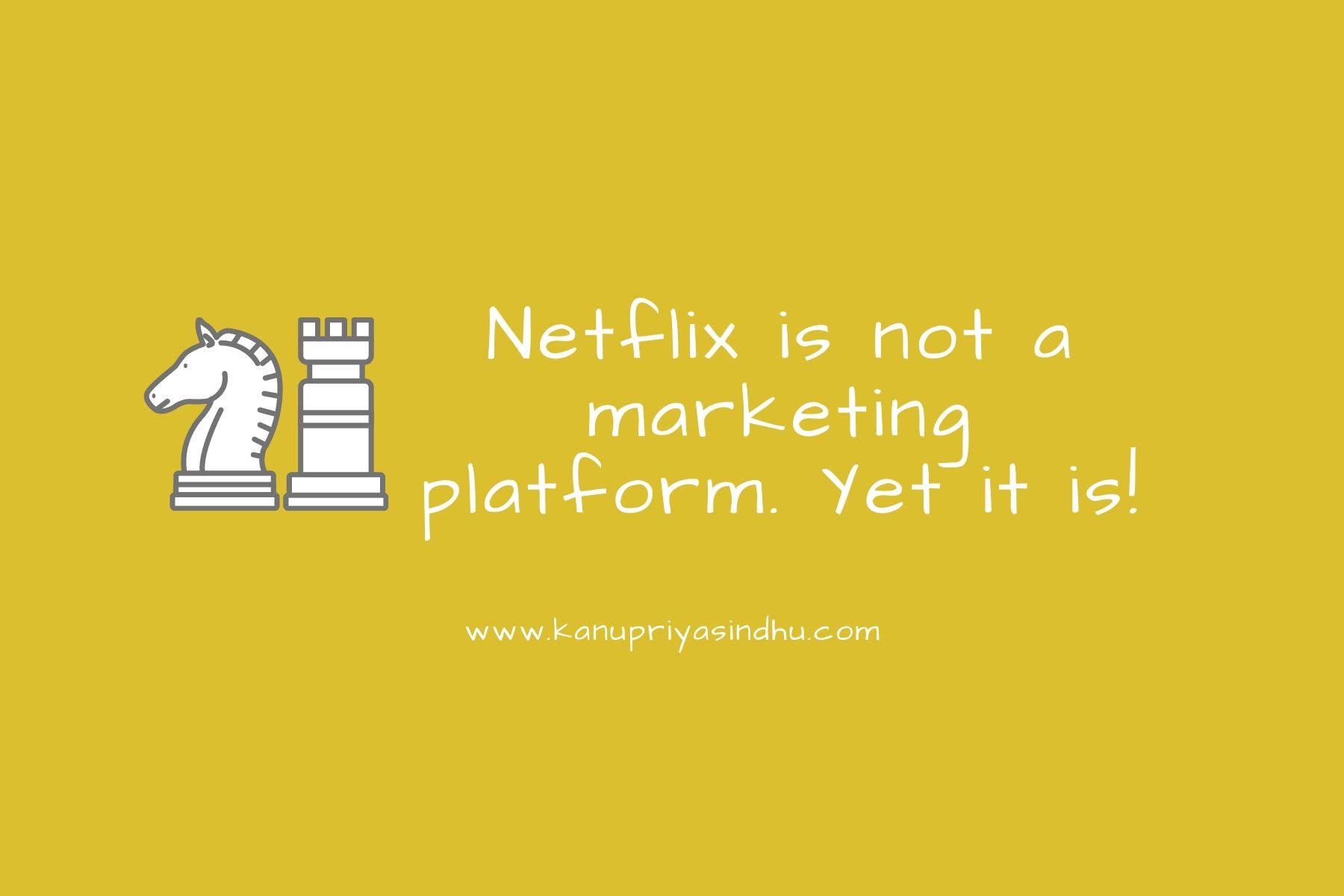
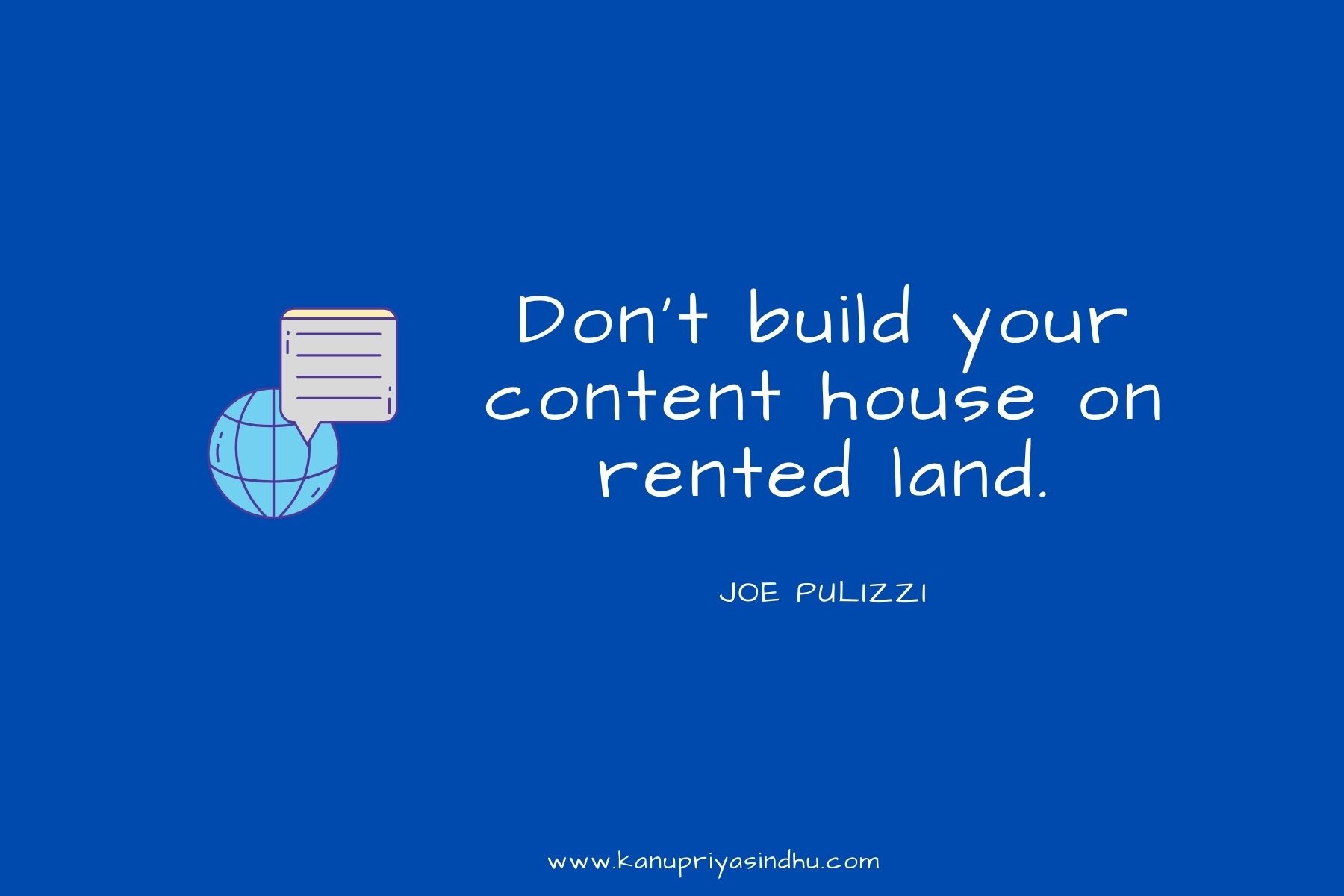
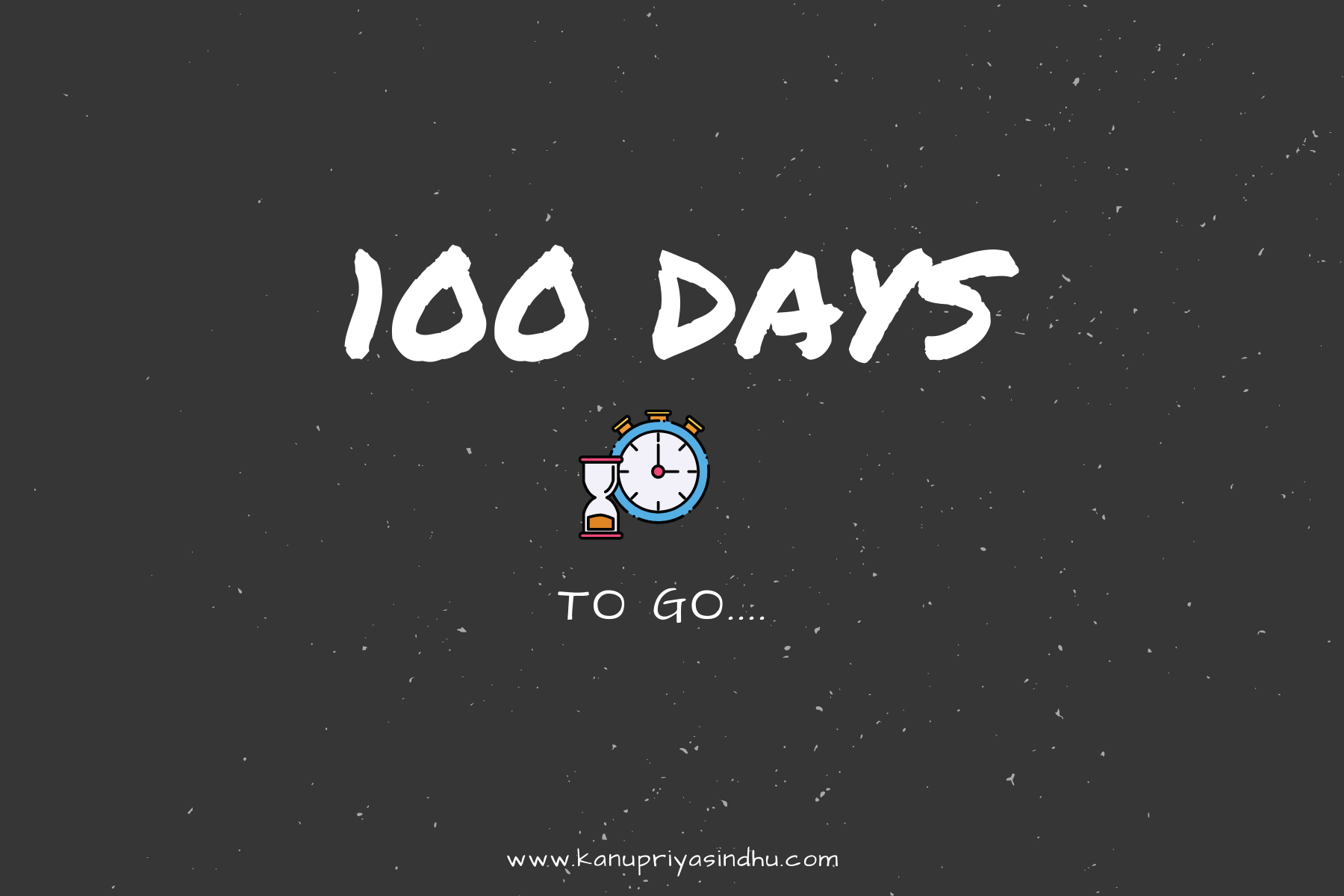


Recent Comments